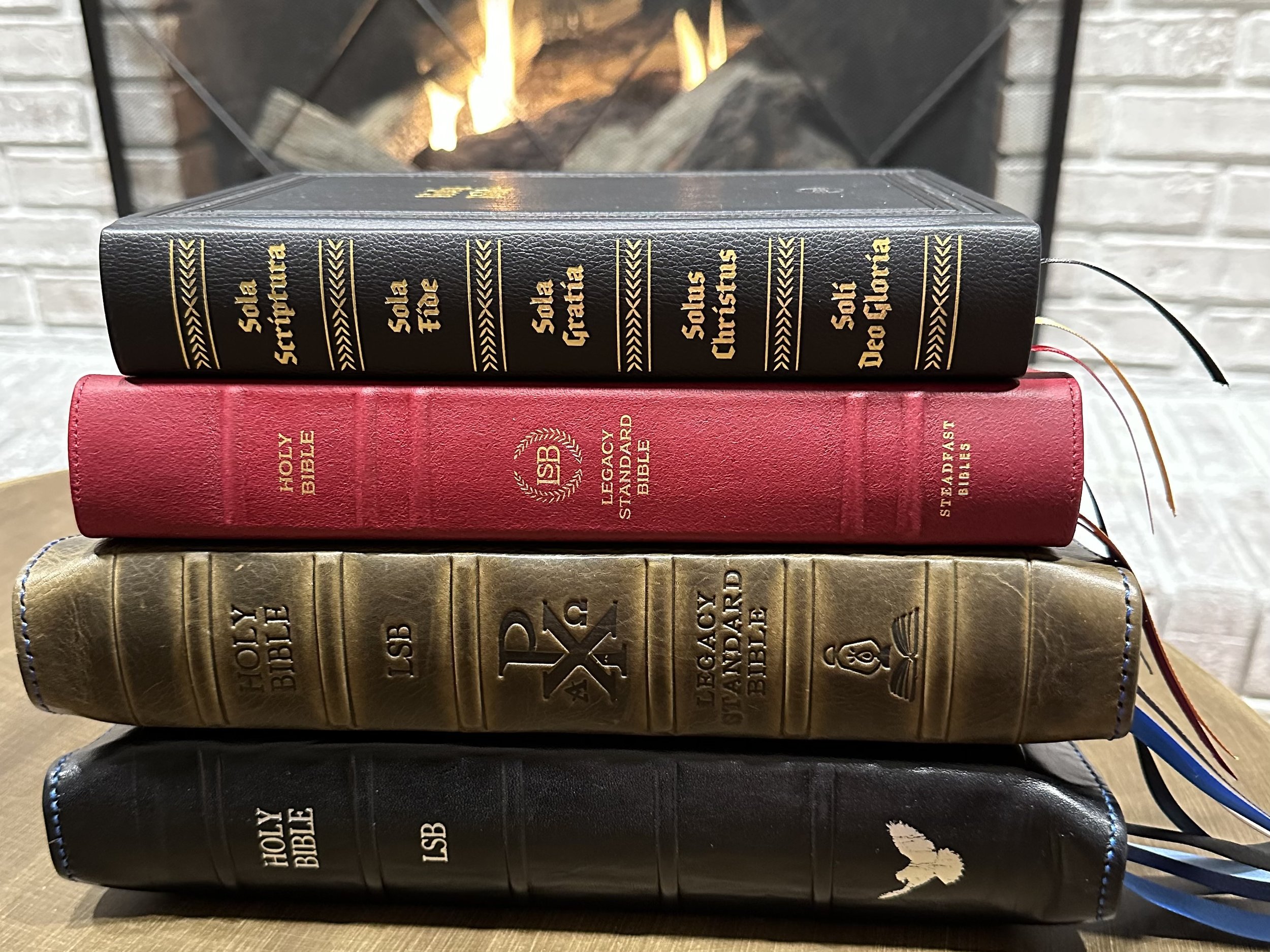A Legacy of Language
In my last post, I began talking about why I’ve switched to using the Legacy Standard Bible as my main translation after using the ESV since 2005. It wasn’t a switch I made without heavy consideration. In this post I’m moving to what I’ll call my second group of reasons for making the switch. These reasons all have to do with language and textual features.
I’ll start out by saying that I’ve grown in a love for Biblical Theology and so my study of the Bible has been heavily influenced by Dr. Jim Hamilton of Southern Seminary. I’ve learned a lot about seeing the connections through the language of the Bible through Dr. Hamilton and have even been influenced by his frequent use of the name “Yahweh”. This pursuit leads me to the conclusion that the LSB is the best English translation for the pursuit of Biblical Theology because of the translation philosophy, which I mentioned in the previous post and because of the literary features of the LSB.
First, I’ll briefly state that I think Yahweh is the best translation of the Divine Name that is often spelled YHWH. There is a great discussion about this in the video below.
As you read Yahweh and get used to it, there really is an impact in reading the Divine Name. For example, take these verses from Exodus:
God spoke further to Moses and said to him, “I am Yahweh; and I appeared to Abraham, Isaac, and Jacob, as God Almighty, but by My name, Yahweh, I was not known to them. Exodus 6:2-3 LSB
The clarity in these verses is powerful in my opinion.
I also appreciate the LSB’s preservation of literal biblical phrases such as “cutting a covenant.” These phrases being preserved help in the pursuit of Biblical Theology because they bring out vivid metaphors in Scripture that connect other texts together. When a covenant was cut, animals were literally cut in half and they were walked through. This literal language helps us to study, understand, and see things at a deeper level in the text.
Finally, I really enjoy some of the features carried over from the NASB such as italics for supplied words to help the English make sense, small caps for OT quotes in the NT, and asterisks for words that have been translated as past tense in English that are present tense in Greek. All of these features are so helpful for the study of the text and make this translation a joy to both read and study.
I could easily go into more depth in a lot of these things, but I’m trying to keep these posts brief. I don’t think I’ll ever be fluent enough in Greek and Hebrew to use them without the aid of software, but the LSB’s literary features help me get closer in English and help me in the study of Biblical Theology. We want to be people who know our Bibles back and forth. As always, the best translation is the one you love to read.
Until next time when I talk about my most vain reason for loving the Legacy Standard Bible.



